Basic Steel Structures, Analysis and Design with STAAD PRO & PROKON
About the Course
This introductory course covers fundamental principles and methodologies in structural analysis and design for steel structures. Participants will gain a foundational understanding of structural modeling, load application, and design standards using key software tools.


Course Objective
- To provide a comprehensive understanding of basic steel structure design and analysis.
- To introduce participants to essential software tools used in structural engineering.
- To familiarize students with international and local design codes and standards.
Key Topics
- Advanced Techniques in Plane and Space Frame Analysis
- Explore methodologies and applications for plane and space frame analysis.
- Understand the principles of each frame type and their impact on structural stability and design.
- Detailed Approach to 2D Truss Modelling
- Learn the step-by-step process for developing 2D truss models.
- Emphasize truss geometry and load distribution intricacies.
- In-Depth Analysis of 3D Frame Structures
- Understand advanced techniques for modelling 3D frame structures.
- Emphasize truss geometry and load distribution intricacies.
- Comparative Analysis of Statically Determinate vs. Indeterminate Structures
- Examine fundamental differences between statically determinate and indeterminate structures.
- Analyze their implications for structural analysis and design.
- Utilizing STAAD Editor for Comprehensive 2D Truss and 3D Frame Modelling
- Discover effective practices for using STAAD Editor for 2D trusses and 3D frames.
- Learn about best practices and tools for accurate structural analysis.
- Efficient Methods for Verifying Structural Steel Models
- Learn about shortcut tools for checking and verifying the accuracy of structural steel models.
- Modelling Plates in Structural Design (Steel)
- Gain insights into the modelling of structural plates in steel and understand their role in load bearing and stability.
- Design and Modelling of Steel Warehouse Structures
- Learn the process of designing and modelling steel structures for warehouses, considering load requirements and spatial layout.
- Designing Mono-Pitch Roof Structures
- Understand techniques for designing and analysing mono-pitch roofs, focusing on structural integrity and load distribution.
- Integrating Tie Beams in Concrete and Steel Structures
- Explore the integration of tie beams into concrete structures and examine their interaction with 3D steel models, focusing on stability and load distribution.
- Assigning and Analysing Different Support Types
- Learn about various support types and their applications in structural models, analysing their influence on overall stability and performance.
- Benefits of Knee Bracing in Structural Analysis
- Analyze the role and advantages of knee bracing, focusing on its impact on load transfer and structural rigidity.
- Determining Steel Section Sizes Based on Design Requirements
- Explore methods for assigning appropriate steel section sizes, considering design requirements, architectural needs, and interdisciplinary coordination.
- Adjusting Structural Steel Axis to Meet Architectural Specifications
- Learn how to modify the axis of structural steel sections to align with architectural requirements for cohesive design.
What You’ll Learn
Participants will gain expertise in advanced structural analysis techniques, including detailed 2D and 3D modelling, load case development, and structural verification. They will learn to use various software tools for precise structural analysis, understand the implications of different support systems, and apply international codes and local requirements effectively. The course covers practical aspects such as designing complex roof structures, optimizing steel section sizes, and generating comprehensive reports.


Learning Outcomes / Course Benefits
By the end of this course, participants will be able to:
- Apply advanced structural analysis techniques to plane and space frames.
- Develop accurate 2D and 3D models for steel structures using STAAD PRO and other software.
- Understand and implement various support systems and their effects on structural stability.
- Design and model complex structures, including warehouses, office buildings, and roof systems.
- Incorporate seismic and wind forces into structural models and comply with relevant codes.
- Verify structural models and optimize design for efficiency and performance.
- Generate detailed reports and ensure compliance with design standards and codes.

Who Needs This Training?
• Structural Engineers: Professionals involved in designing and analyzing structural systems.
• Civil Engineers: Engineers focusing on construction and structural integrity.
• Architects: Those involved in designing building structures and ensuring their stability.
• Construction Managers: Individuals overseeing construction projects and ensuring compliance with design specifications.
• Students: Engineering students looking to deepen their knowledge in structural design.

Why Choose This Course?
• Expert Instruction: Learn from experienced professionals with extensive industry knowledge and expertise.
• Comprehensive Content: Gain a thorough understanding of manual design calculations and structural analysis.
• Practical Applications: Apply theoretical knowledge through practical exercises and real-world examples.
• Up-to-Date Knowledge: Stay current with the latest codes, standards, and design practices.
• Career Advancement: Enhance your skills and qualifications to advance your career in structural engineering.
Frequently Asked Questions
The primary focus is on the impact on structural stability and design.
crucial aspects are truss geometry and load distribution intricacies.
Examining the interaction between various structural elements is essential.
The fundamental differences lie in their stability and design analysis.
Utilizing best practices and tools for accurate analysis is essential.
By applying shortcut tools for checking the models.
They contribute to load-bearing and stability.
Their types, applications, and effects on performance should be analyzed.
Their impact on load distribution and stability is a key consideration.
Load requirements and spatial layout are significant factors.
Architectural needs and structural performance should be addressed.
Structural integrity and load distribution are crucial.
Unique structural requirements should be considered.
The focus is on their interaction with 3D steel models, particularly stability and load distribution.
Their impact on load distribution and structural design should be considered.

